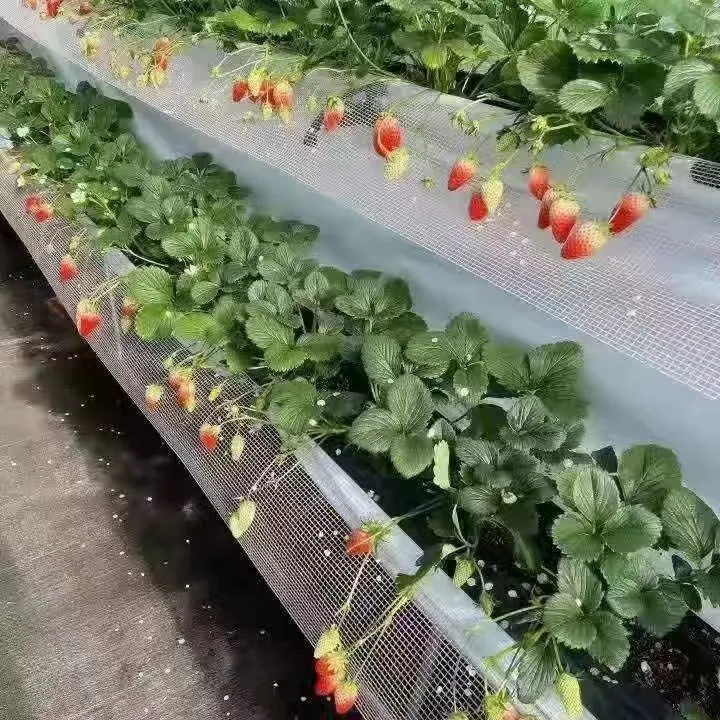-
 Afrikaans
Afrikaans -
 Albanian
Albanian -
 Amharic
Amharic -
 Arabic
Arabic -
 Armenian
Armenian -
 Azerbaijani
Azerbaijani -
 Basque
Basque -
 Belarusian
Belarusian -
 Bengali
Bengali -
 Bosnian
Bosnian -
 Bulgarian
Bulgarian -
 Catalan
Catalan -
 Cebuano
Cebuano -
 China
China -
 Corsican
Corsican -
 Croatian
Croatian -
 Czech
Czech -
 Danish
Danish -
 Dutch
Dutch -
 English
English -
 Esperanto
Esperanto -
 Estonian
Estonian -
 Finnish
Finnish -
 French
French -
 Frisian
Frisian -
 Galician
Galician -
 Georgian
Georgian -
 German
German -
 Greek
Greek -
 Gujarati
Gujarati -
 Haitian Creole
Haitian Creole -
 hausa
hausa -
 hawaiian
hawaiian -
 Hebrew
Hebrew -
 Hindi
Hindi -
 Miao
Miao -
 Hungarian
Hungarian -
 Icelandic
Icelandic -
 igbo
igbo -
 Indonesian
Indonesian -
 irish
irish -
 Italian
Italian -
 Japanese
Japanese -
 Javanese
Javanese -
 Kannada
Kannada -
 kazakh
kazakh -
 Khmer
Khmer -
 Rwandese
Rwandese -
 Korean
Korean -
 Kurdish
Kurdish -
 Kyrgyz
Kyrgyz -
 Lao
Lao -
 Latin
Latin -
 Latvian
Latvian -
 Lithuanian
Lithuanian -
 Luxembourgish
Luxembourgish -
 Macedonian
Macedonian -
 Malgashi
Malgashi -
 Malay
Malay -
 Malayalam
Malayalam -
 Maltese
Maltese -
 Maori
Maori -
 Marathi
Marathi -
 Mongolian
Mongolian -
 Myanmar
Myanmar -
 Nepali
Nepali -
 Norwegian
Norwegian -
 Norwegian
Norwegian -
 Occitan
Occitan -
 Pashto
Pashto -
 Persian
Persian -
 Polish
Polish -
 Portuguese
Portuguese -
 Punjabi
Punjabi -
 Romanian
Romanian -
 Russian
Russian -
 Samoan
Samoan -
 Scottish Gaelic
Scottish Gaelic -
 Serbian
Serbian -
 Sesotho
Sesotho -
 Shona
Shona -
 Sindhi
Sindhi -
 Sinhala
Sinhala -
 Slovak
Slovak -
 Slovenian
Slovenian -
 Somali
Somali -
 Spanish
Spanish -
 Sundanese
Sundanese -
 Swahili
Swahili -
 Swedish
Swedish -
 Tagalog
Tagalog -
 Tajik
Tajik -
 Tamil
Tamil -
 Tatar
Tatar -
 Telugu
Telugu -
 Thai
Thai -
 Turkish
Turkish -
 Turkmen
Turkmen -
 Ukrainian
Ukrainian -
 Urdu
Urdu -
 Uighur
Uighur -
 Uzbek
Uzbek -
 Vietnamese
Vietnamese -
 Welsh
Welsh -
 Bantu
Bantu -
 Yiddish
Yiddish -
 Yoruba
Yoruba -
 Zulu
Zulu
Agricultural Mesh Solutions for Effective Crop Protection
Understanding Agricultural Mesh Its Importance and Applications
Agricultural mesh, also known as shade netting or agricultural netting, is a versatile and essential tool in modern farming practices. It serves a multitude of purposes that can significantly enhance crop production while simultaneously safeguarding the plants against various environmental adversities.
One of the primary uses of agricultural mesh is to provide shade to crops. This is particularly crucial in regions where intense sunlight can lead to excessive heat and plant stress. By employing shade nets, farmers can regulate the amount of sunlight reaching their crops, thereby creating a more favorable microclimate for growth. The reduction in UV exposure not only prevents sunburn on leaves but also helps maintain optimal soil moisture levels, which is essential for healthy plant development.
In addition to shade provision, agricultural mesh plays a vital role in pest control. These nets act as a physical barrier that prevents insects and birds from reaching the crops, thus reducing the reliance on chemical pesticides. This organic form of pest management is increasingly important in sustainable agriculture, as it minimizes chemical residues on food products and protects beneficial insects. The use of mesh can significantly lower pest populations, resulting in healthier crops and, ultimately, increased yields.
agricultural mesh

Moreover, agricultural mesh is beneficial in protecting crops from extreme weather events such as hail, heavy rain, and wind
. The lightweight yet durable nature of these nets provides a protective shield, preventing damage that could otherwise lead to substantial economic losses for farmers. By mitigating the adverse effects of harsh weather, mesh ensures that crops can thrive even under less-than-ideal conditions.Another significant aspect of agricultural mesh is its role in supporting the growth of climbing plants. In horticulture, mesh can be used to create trellises or support structures for vine crops such as tomatoes and cucumbers. This not only helps in maximizing space but also promotes better air circulation around the plants, reducing the risk of fungal diseases. Climbing plants can benefit from the physical support that mesh provides, allowing them to grow healthier and produce higher yields.
The versatility of agricultural mesh extends beyond its protective functions. It is also used in aquaculture to enhance fish farming practices. Nets can be employed to create controlled environments for fish without the risk of contamination from wild species or pollutants. This application ensures a stable and clean habitat for aquaculture, thus promoting healthier fish growth and sustainable fishing practices.
In conclusion, agricultural mesh is an invaluable asset in contemporary farming, providing shade, pest control, weather protection, and support for climbing plants. Its diverse applications make it a crucial component of sustainable agricultural practices, enhancing productivity while minimizing environmental impact. As the global demand for food continues to rise, the importance of effective and innovative farming tools like agricultural mesh will only grow, making it a topic worth exploring further in the quest for sustainable agriculture.
-
Shipping Plastic Bags for Every NeedNewsJul.24,2025
-
Safety Netting: Your Shield in ConstructionNewsJul.24,2025
-
Plastic Mesh Netting for Everyday UseNewsJul.24,2025
-
Nylon Netting for Every UseNewsJul.24,2025
-
Mesh Breeder Box for Fish TanksNewsJul.24,2025
-
Expanded Steel Mesh Offers Durable VersatilityNewsJul.24,2025











